
The shocking truth about vitamins and blood clots in your legs
Lately, more and more bold claims have been circulating online—videos, ads, and posts insisting that a single vitamin can “melt” blood clots the way a drain cleaner dissolves grease. It’s easy to understand why people want this to be true. Blood clots can be terrifying: a blocked artery can threaten a limb, a deep vein clot can travel to the lungs, and both can change a life in a matter of minutes.
Here’s the honest, science-grounded reality: vitamins cannot dissolve an existing clot, but some of them can support healthier circulation over time. And yes—one commonly promoted vitamin may actually pose risks for people with diabetes.
(Insights inspired by physician Dr. Alberto Sanagustín.)
Key Takeaways
-
Vitamins do not dissolve active clots. Emergency blockages always require medical care.
-
Arteries and veins behave differently, and recognizing the early signs of trouble helps you respond sooner.
-
Four vitamins—Niacin (B3), Vitamin C, Vitamin E, and Vitamin K—support vascular health, but each comes with specific limitations.
-
Niacin supplements can raise blood sugar, making them risky for individuals with diabetes.
-
Sudden pain, cold/blue limbs, one-sided swelling, or shortness of breath are red-flag symptoms that require urgent care.
Arteries vs. Veins: Why Understanding the Difference Changes Everything
Think of your circulatory system as a two-lane highway:
Arteries
The “fresh blood” lane. They push oxygen-rich blood down to your legs and feet. When they narrow or clog, tissues become starved of oxygen.
Veins
The “return” lane. They carry used blood back up to your heart. If the return system weakens or slows, blood and fluid begin to pool.
These two systems fail in completely different ways—and your symptoms often reveal which side of the highway is in trouble.
| Problem Type | What’s Happening | Common Signs |
|---|---|---|
| Arteries (down) | Narrowed by plaque or sudden blockage | Pain when walking that eases with rest (claudication), cold feet, pale or bluish toes |
| Veins (up) | Blood pools; pressure builds | Tired or heavy legs, swelling at day’s end, bulging varicose veins |
| Both/Mixed | Poor supply + sluggish return | Tingling, slow-healing wounds, fragile skin around ankles and feet |
These signals are your body’s early warnings—quiet nudges before the situation becomes urgent.
What Vitamins Can Do (and Can’t Do)
Let’s get something absolutely clear:
❌ Vitamins do NOT break apart clots.
-
A DVT (deep vein thrombosis) is a dense mass of coagulated blood that must be treated with medical therapy.
-
An arterial blockage is usually plaque buildup or a sudden plaque rupture—again, requiring medical attention.
✔️ What vitamins can do:
-
Support stronger, more flexible vessel walls
-
Reduce inflammation that damages arteries
-
Help blood flow more smoothly
-
Slow or limit plaque formation
-
Improve the overall “terrain” that influences long-term vascular health
Think of vitamins not as emergency drain cleaners, but as preventive maintenance tools—helpful, supportive, long-term habits that make your vessels function better over time.
Warning Signs That Need Immediate Medical Care
Some symptoms should never be ignored. These require urgent evaluation:
Arterial Red Flags (low oxygen)
-
Sudden, severe leg or foot pain with a cold, pale, or blue foot
-
New pain that forces you to stop walking after just a few steps
-
Wounds on toes that don’t heal
Venous Red Flags (possible DVT)
-
One leg suddenly swelling far more than the other
-
A warm, painful,/red calf—especially after travel or illness
Mixed or Life-Threatening Signs
-
Sudden shortness of breath
-
Chest pain
-
Unexplained rapid heartbeat, dizziness
This could indicate a clot traveling to the lungs (pulmonary embolism).
If you’re on blood thinners
Seek help for:
-
Nosebleeds that won’t stop
-
Unusual bruising
-
Blood in urine or stool
If you're unsure, err on the side of caution. Better a false alarm than a missed emergency.
The 4 Vitamins That Genuinely Support Circulation
Food should be your foundation. Supplements are optional tools—useful when guided by a clinician.
| Vitamin | Main Role | Best For | Food Sources | Notes & Cautions |
|---|---|---|---|---|
| Niacin (B3) | Helps raise HDL, support vessel flexibility | Arterial health | Eggs, chicken, salmon, nuts | Supplements can raise blood sugar. People with diabetes should be cautious. |
| Vitamin C | Antioxidant; supports collagen in vessel walls | Arteries + veins | Citrus, kiwi, peppers, berries | High doses (>2000 mg/day) may upset the stomach. |
| Vitamin E | Helps vessels relax; reduces stickiness of blood components | Smooth blood flow | Olive oil, nuts, spinach, avocado | High-dose supplements may increase bleeding risk—food is safer. |
| Vitamin K | Regulates clotting + helps prevent calcium buildup in arteries | Balanced clotting + artery health | Spinach, kale, broccoli, kiwi | If you’re on warfarin, keep intake consistent—don’t eliminate greens. |
Important reminder:
More vitamins ≠ better.
Balance and consistency matter far more than megadoses.
7 Daily Habits That Actually Improve Circulation
You don’t need complicated routines to make meaningful changes—small, reliable habits have the biggest impact.
-
Walk 10–15 minutes a day.
Your calf muscles are natural blood pumps. -
Break long sitting times.
Every hour, stand up, stretch, or flex your feet for 60 seconds. -
Hydrate properly.
6–8 glasses a day; more with heat or exercise. -
Elevate your legs.
10–15 minutes with feet above heart level helps veins drain. -
Massage upward.
Gentle strokes from ankles toward knees support venous return. -
Stop smoking.
This is one of the single most powerful ways to improve circulation. -
Monitor your health numbers.
Blood pressure, cholesterol, and blood sugar directly shape vessel health.
Pick two habits today. Add another next week. Growth comes from consistency, not perfection.
Quick Answers to Common Circulation Questions
Can vitamins replace my medications?
No. Medications act like firefighters. Vitamins act like maintenance workers. Different jobs, both important.
Can I eat leafy greens if I’m on warfarin?
Yes—keep intake consistent. Dramatic changes cause problems, not the greens themselves.
Is niacin safe if I have diabetes?
Food sources = fine.
High-dose supplements = ask your doctor. They may raise blood sugar.
Do most people need supplements?
Not necessarily. Many meet their needs through food. Supplements are tools—not essentials.
How long until I notice improvements?
If you were deficient, sometimes weeks.
Structural vessel improvements take longer—think gardening, not flipping a switch.
Your Next Steps
If you’re experiencing persistent leg pain, swelling in one leg, cold toes, or unexpected shortness of breath, get checked immediately.
If you’re not in crisis, focus on simple, proven steps:
-
Eat foods rich in vitamins C, E, K, and natural niacin
-
Move more and sit less
-
Stay hydrated
-
Manage your vascular risk factors
No miracle vitamins, no magic solutions—just steady, practical actions that protect your legs and your life.
And one final tip: share this information with someone who struggles with swollen legs, varicose veins, or is taking blood thinners. The right knowledge at the right time can make all the difference.
News in the same category

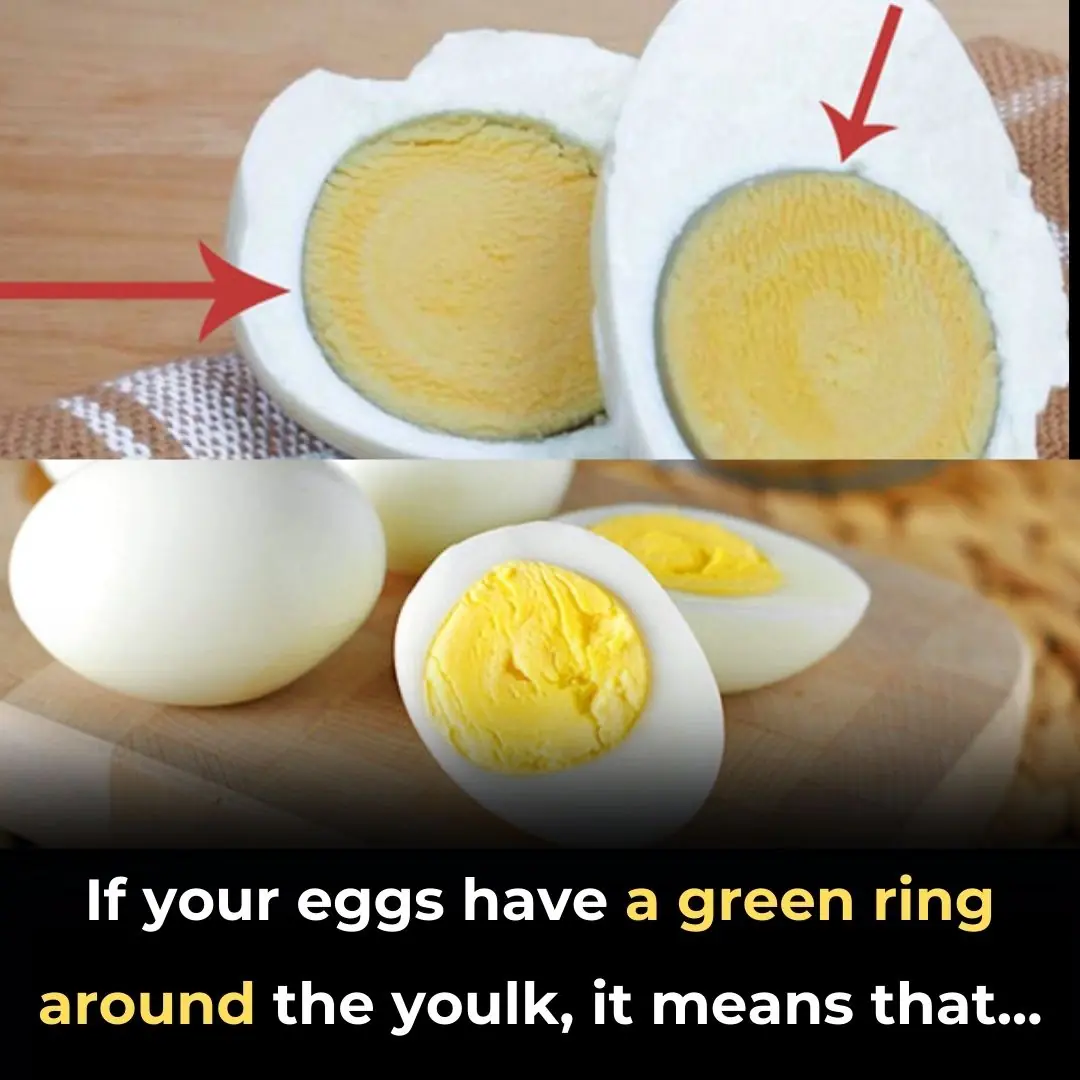
Why Your Hard-Boiled Eggs Have That Weird Green Ring
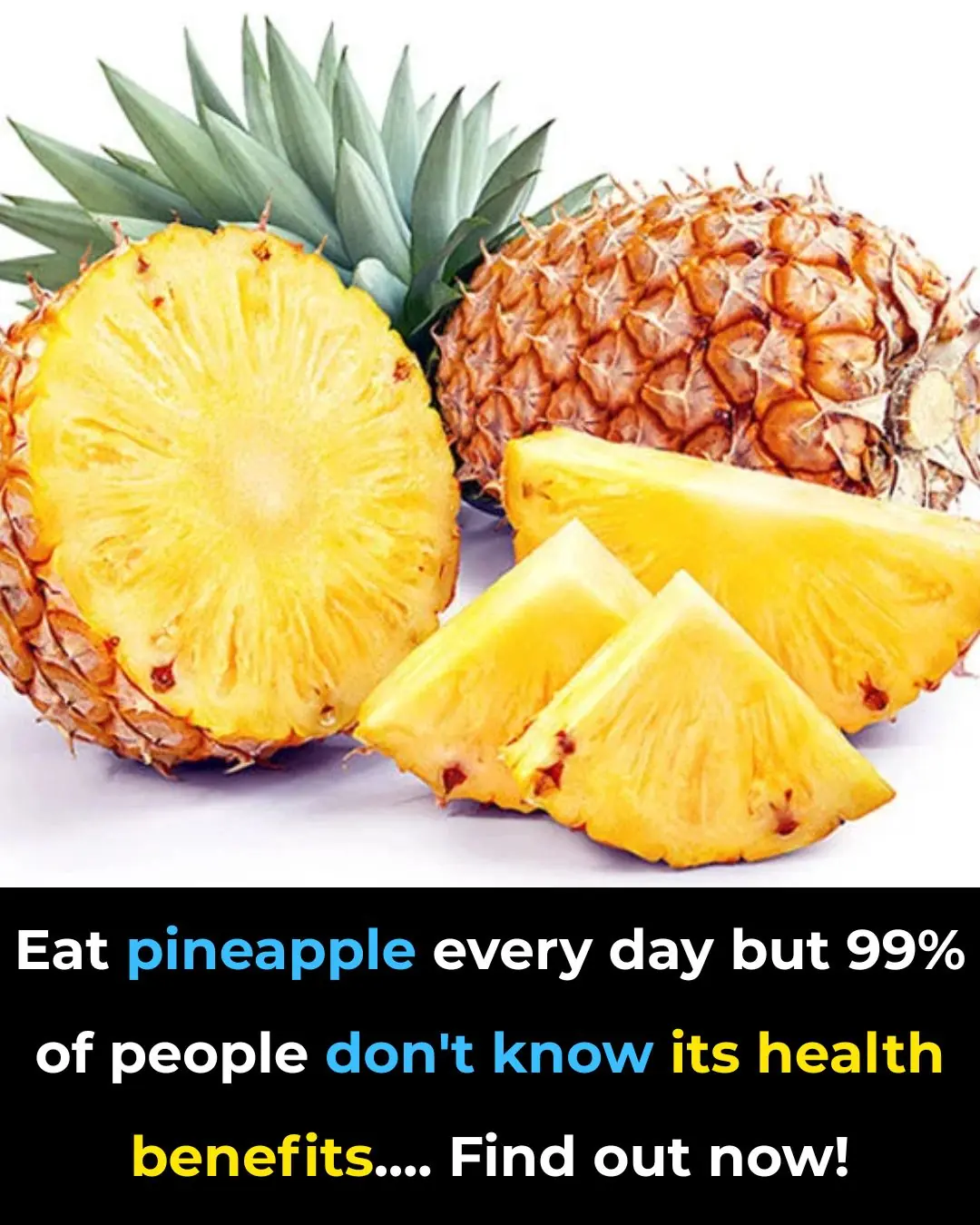
Doctors Reveal That Consuming Pineapple Causes Remarkable Health Benefits

These 4 common prescription drugs may be silently damaging your nerves
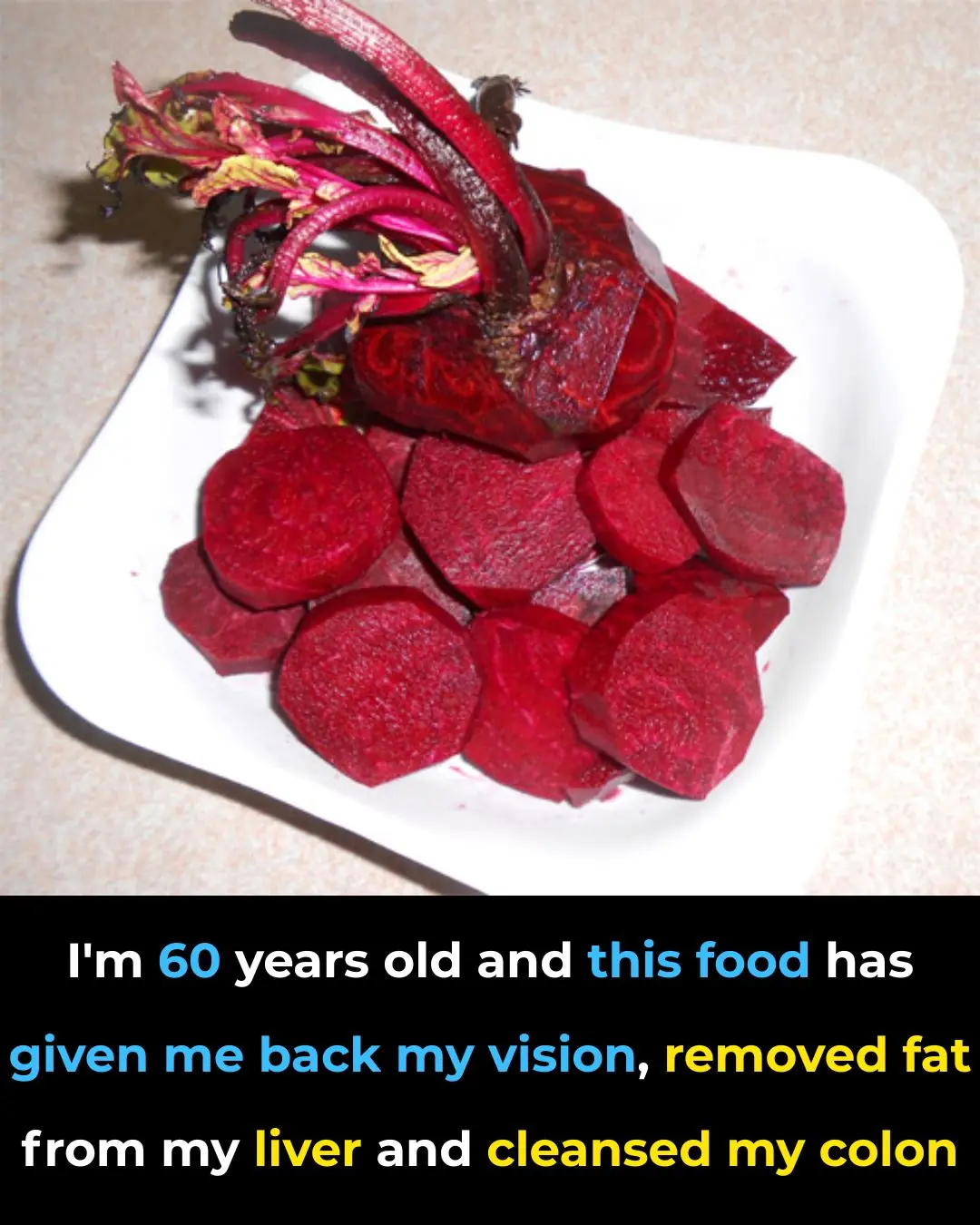
🍎 Beet & Citrus Juice: A Nutritious Drink Packed With Antioxidants (Not a ‘Cleanse’)
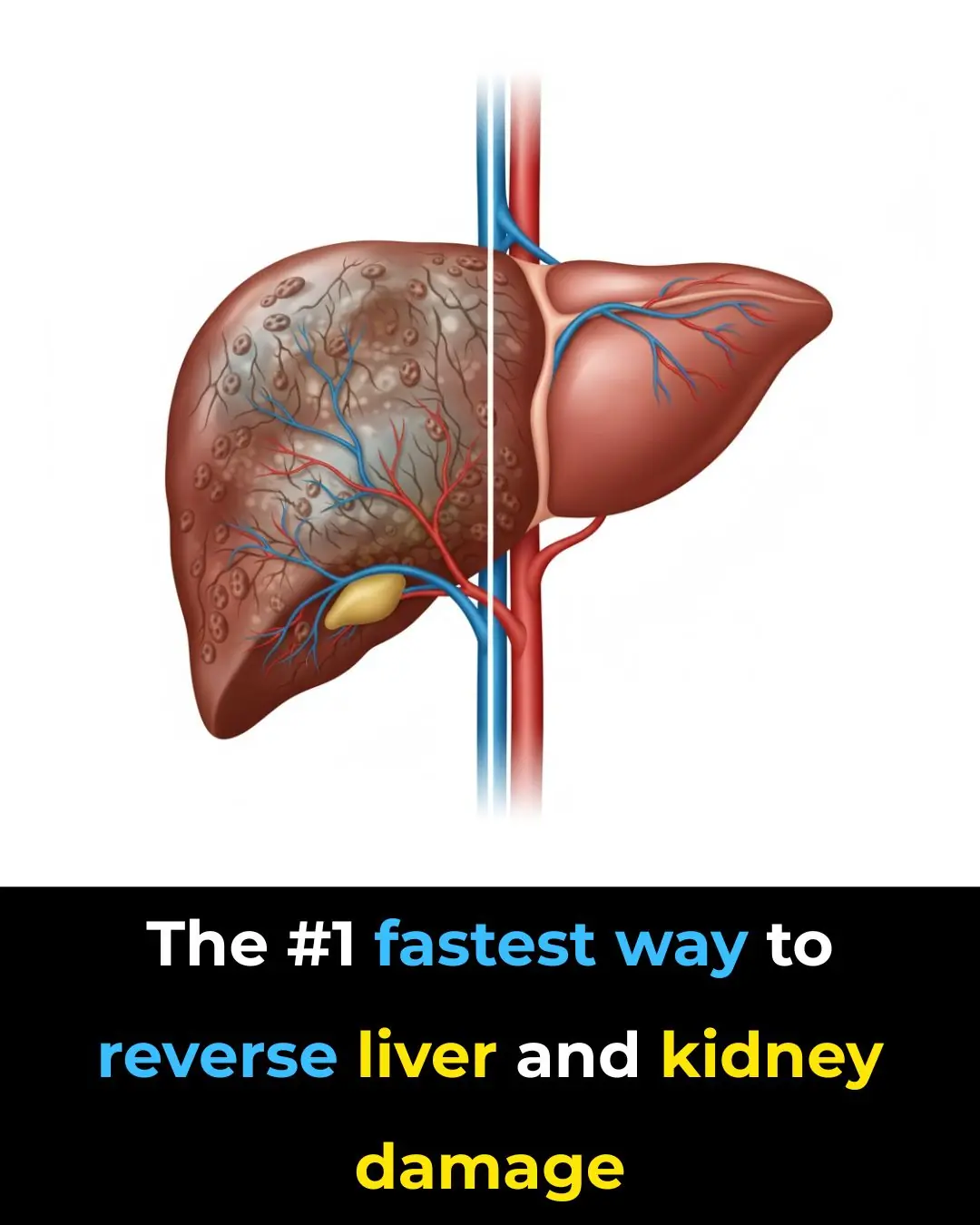
The #1 fastest way to reverse liver and kidney damage
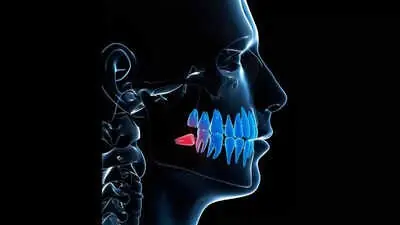
Humans are still evolving, and we’re losing our teeth
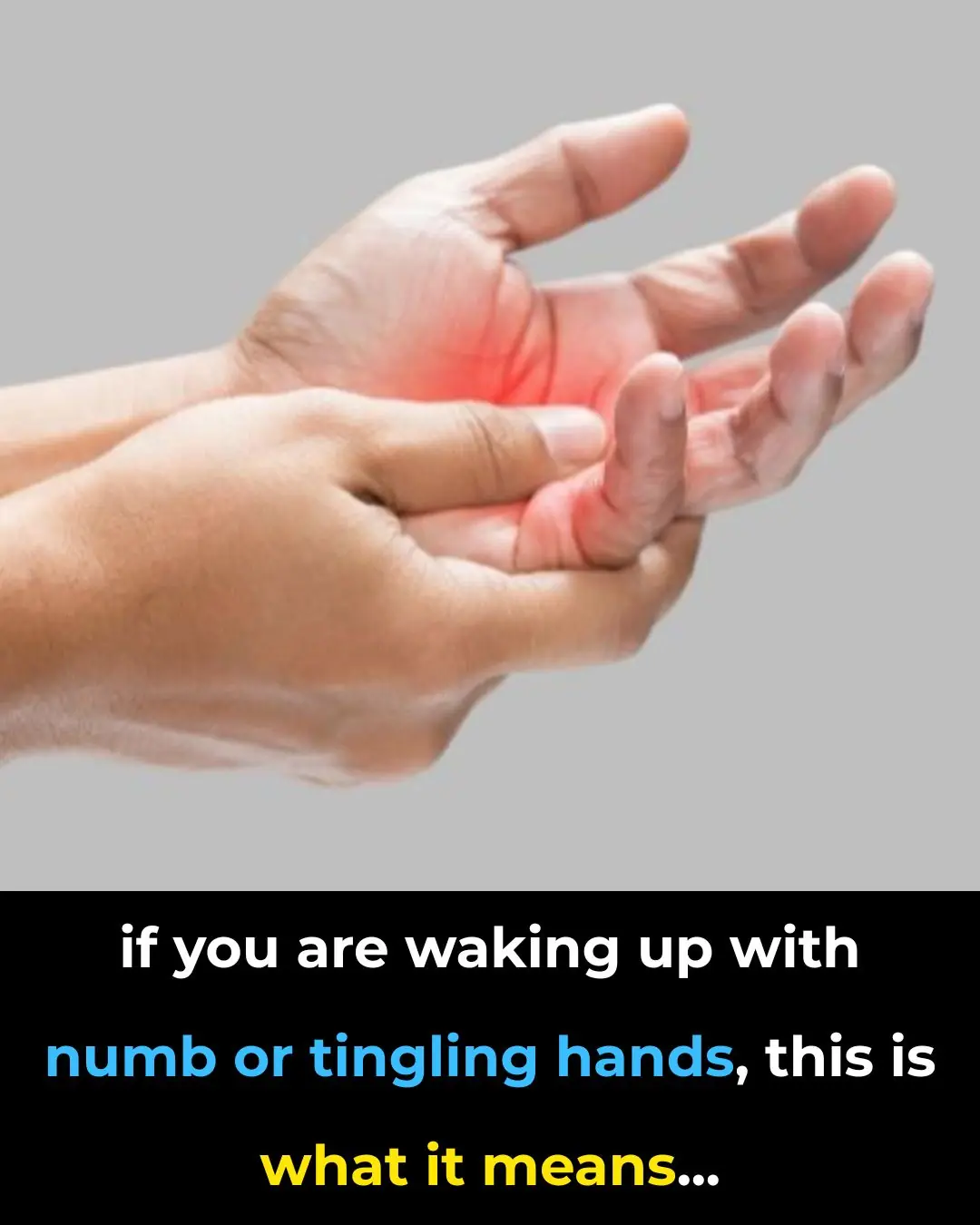
Numbness Or Tingling Sensations In Your Hands
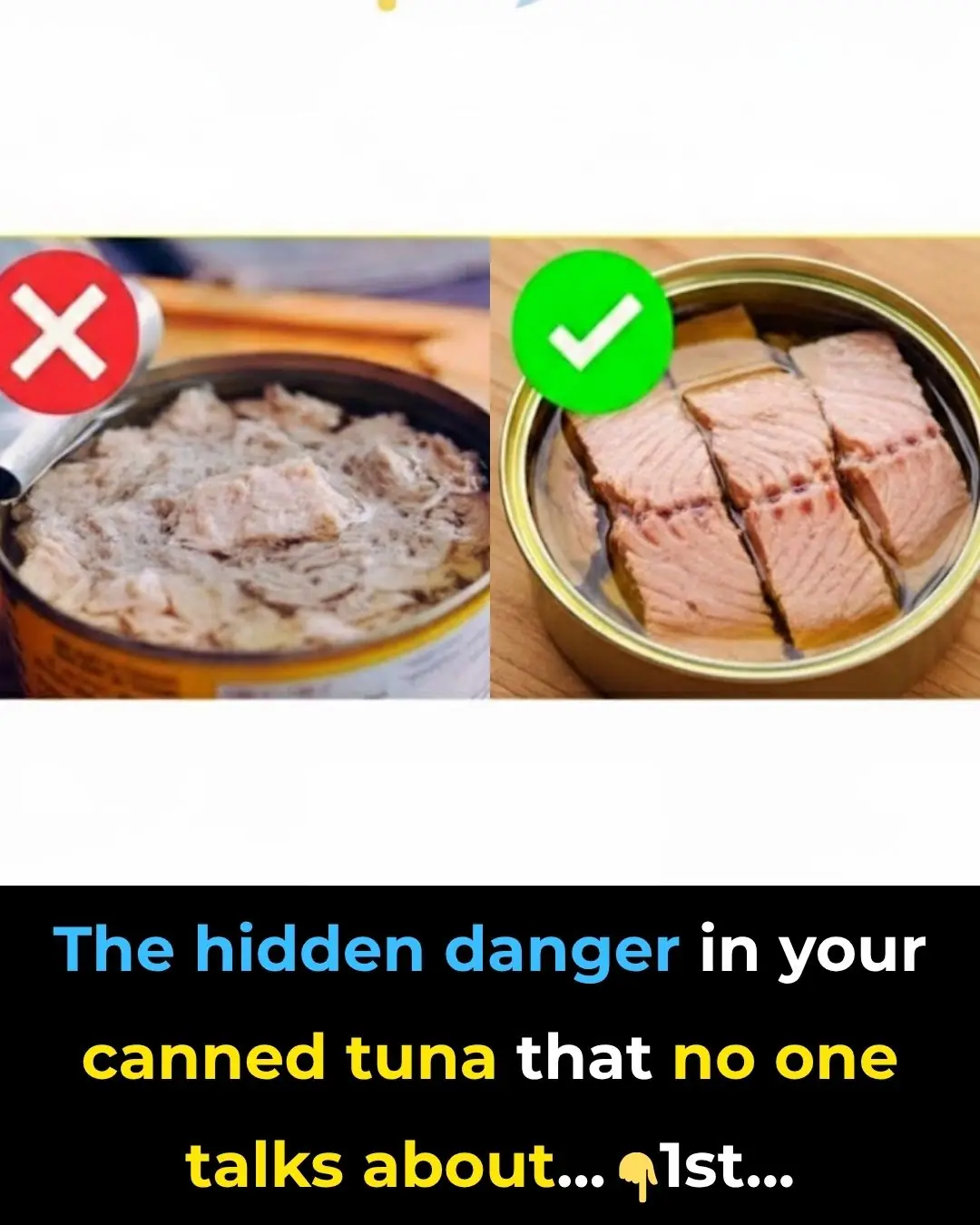
Warning: The #1 Mistake You’re Making with Canned Tuna (Avoid Mercury!)
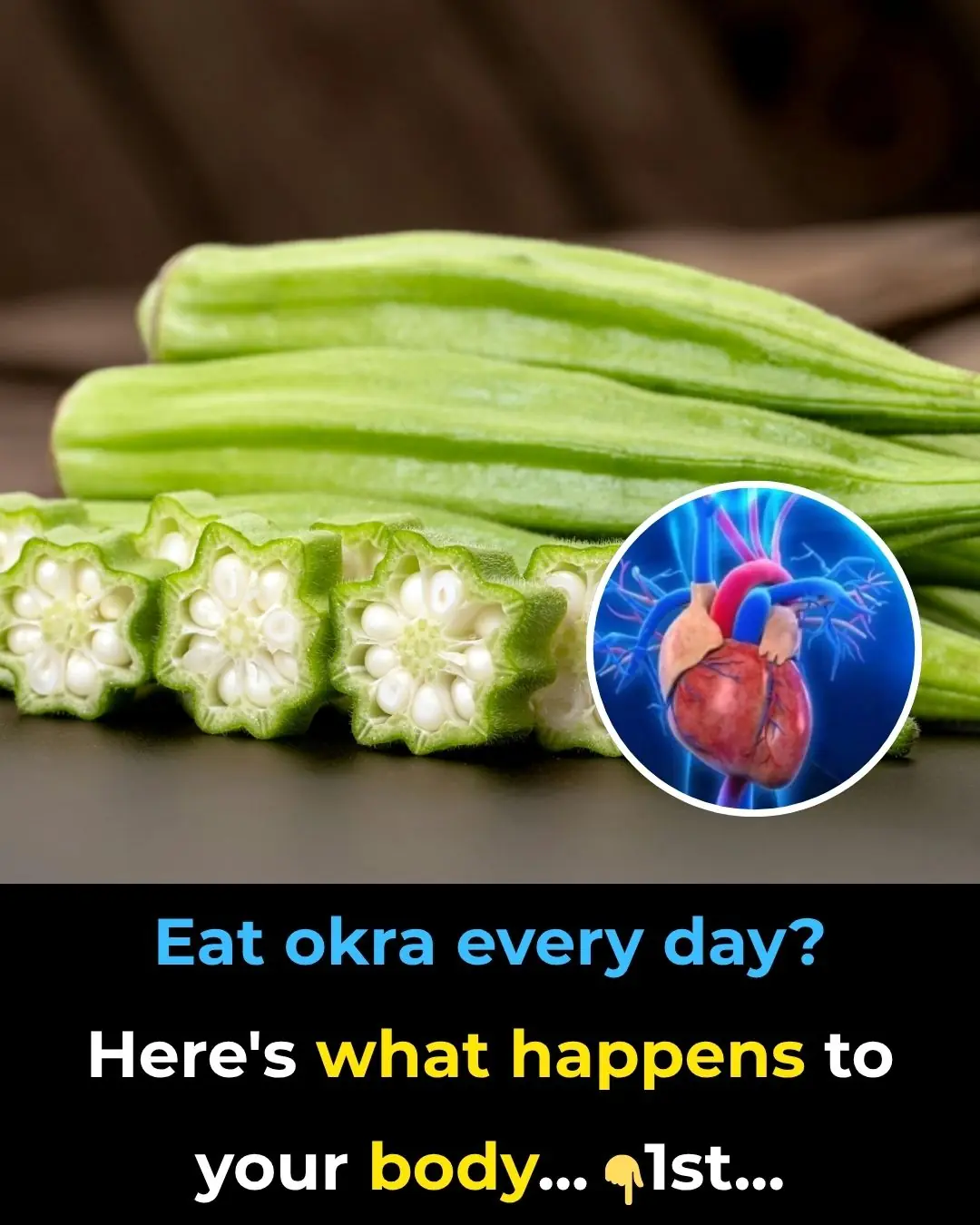
Eat okra every day? Here’s what happens to your body!
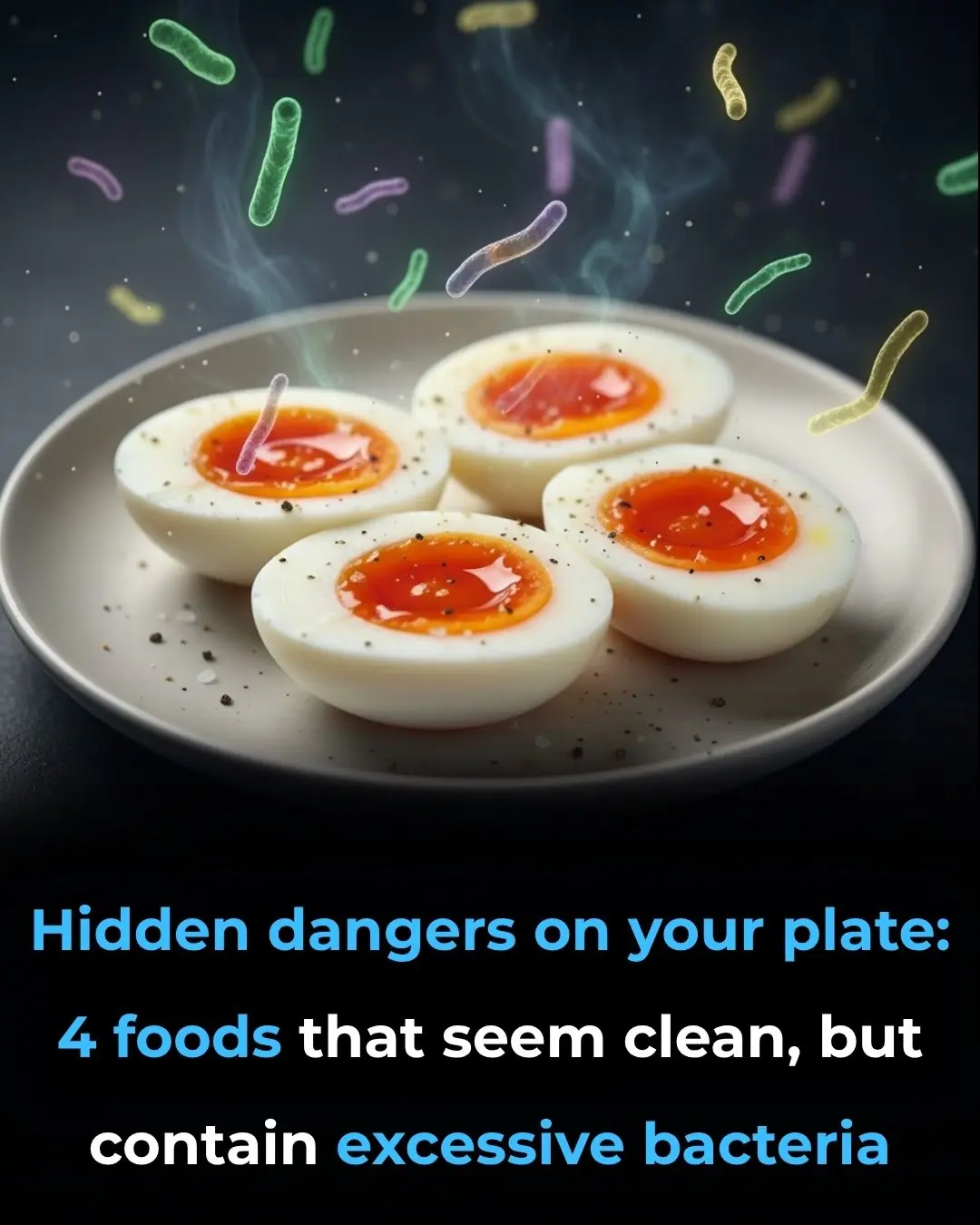
The Hidden Health Risks of 4 Foods You Thought Were Clean

Research Shows That Music Significantly Boosts Infant Brain Development
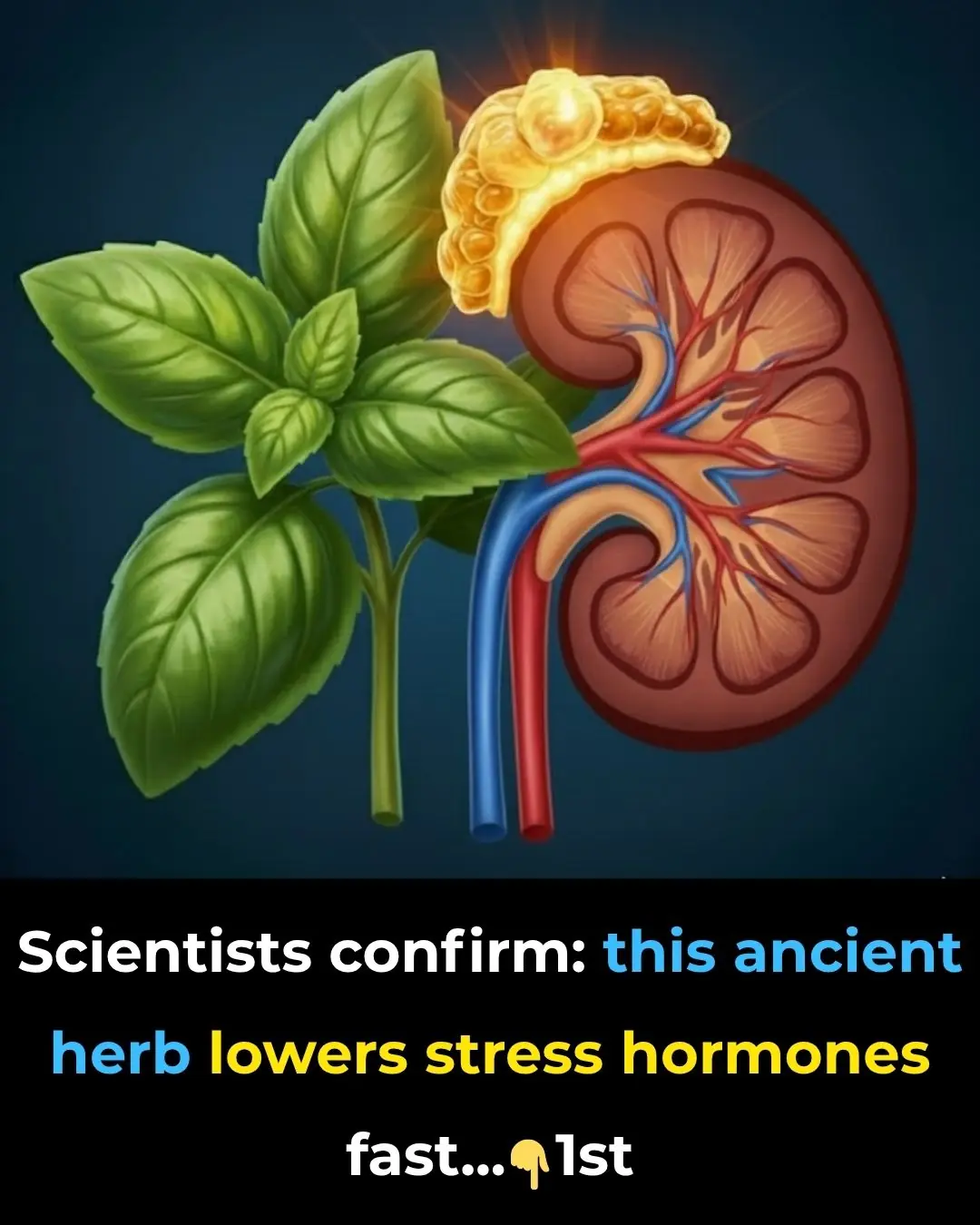
Holy basil shown to cut stress hormone cortisol by 36% in 40 minutes

Spotting Silent High Blood Pressure: 5 Warning Signs You Must Not Overlook
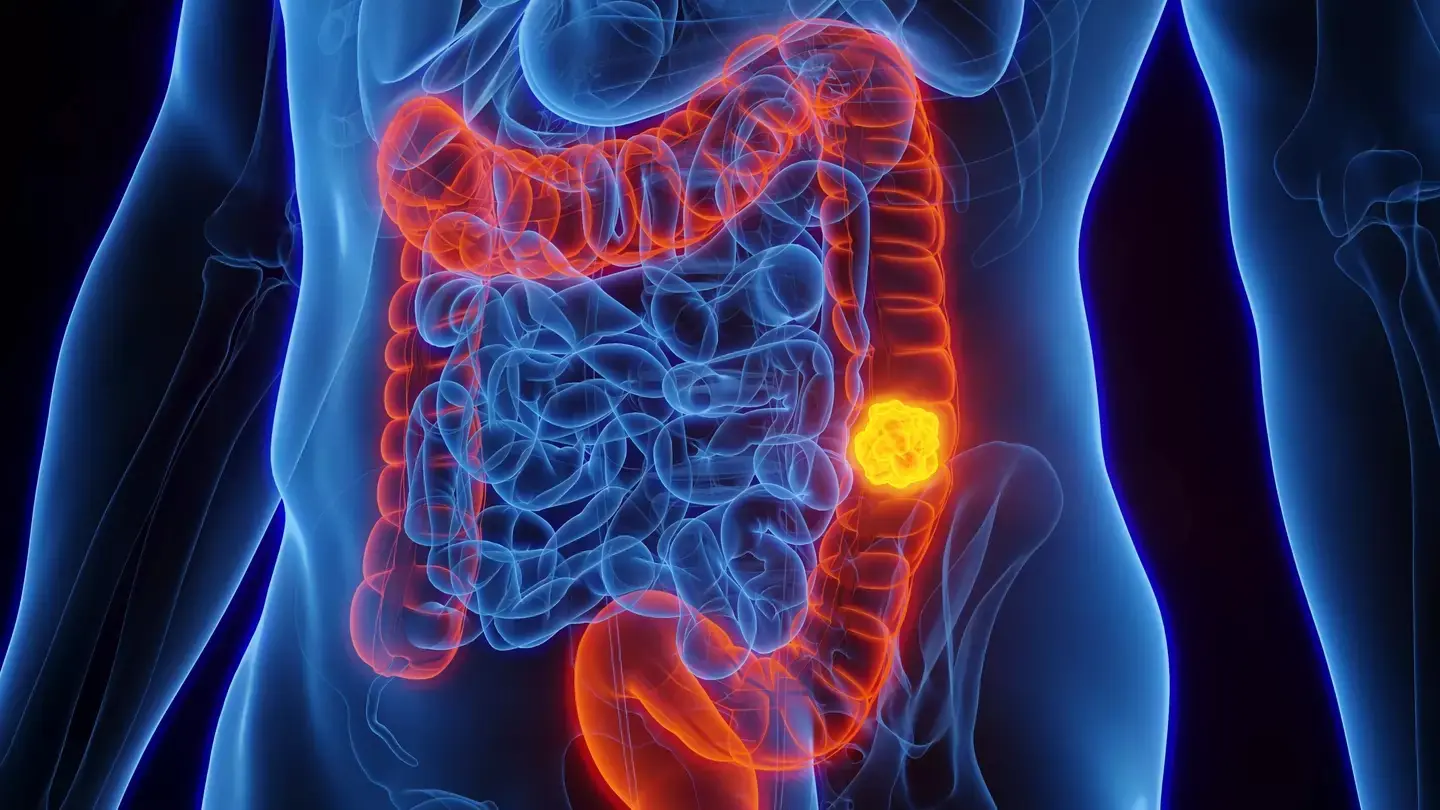
Woman reveals 5 colon cancer symptoms that shouldn’t be ignored
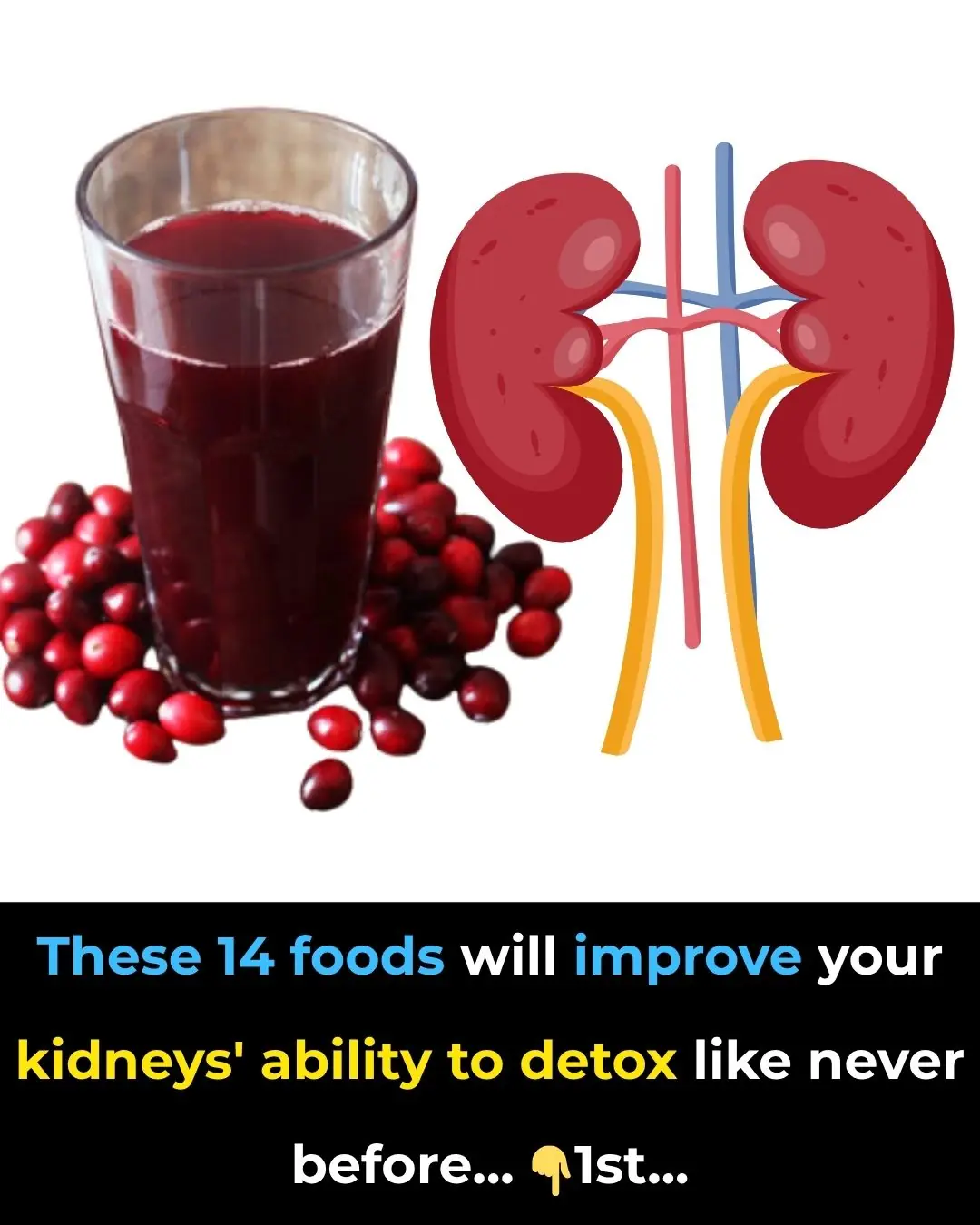
These 14 Foods Will Improve Your Kidneys’ Ability To Detox Like Never Before!

TO PREVENT STROKE, REMEMBER THE ‘3 DON’TS’ AFTER MEALS AND ‘4 DON’TS’ BEFORE BED — STAY SAFE AT ANY AGE

HOW TO GET RID OF PHLEGM AND MUCUS IN YOUR CHEST AND THROAT

5 Early Symptoms of Stomach Cancer That Help With Timely Detection
News Post

Many People Still Don’t Know The Meaning Behind Shoes Strung Up On A Power Line

Arnold Schwarzenegger’s Son Continues His Impressive Weight-Loss Journey

‘Get Out!’: Black Woman Banned from Restaurant After Refusing to Tip Waitress with ‘a Disgusting Attitude,’ But She Doesn’t Back Down, Video Shows

Stephen Hawking Predicts the End of the World Is Nearer Than We Think
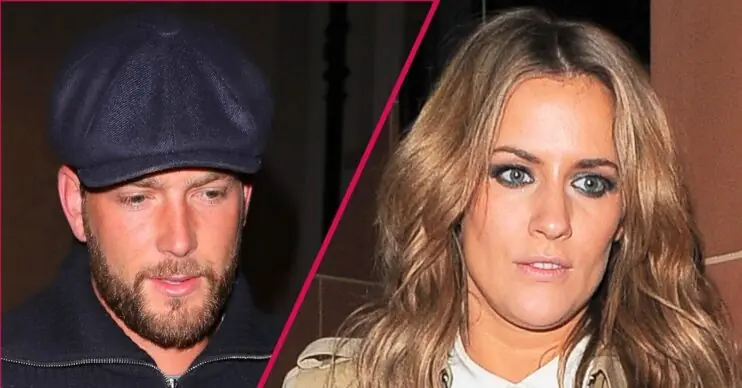
Caroline Flack’s ex Lewis Burton says he’s received ‘online abuse’ in rare statement over Disney documentary

The Viral 70LB Baby That Was Featured On Jerry Springer Is All Grown Up, And You Better Sit Down Before Seeing Him Today

The Viral 70LB Baby That Was Featured On Jerry Springer Is All Grown Up, And You Better Sit Down Before Seeing Him Today

‘Wanna be from the Trenches So Bad’: Tiny Harris Claps Back After T.I. Embarrasses Son King at Their Grandchild’s First Party

3 Deadly Mistakes People Make with Water Heaters – Don’t Risk Your Life

The surprising vitamin that helps break down leg clots—are you getting enough?

Just Minced Meat, But Made This Way, It Becomes Irresistibly Delicious

Prince William steps out with King Charles for special Windsor Castle reception to mark Remembrance Day
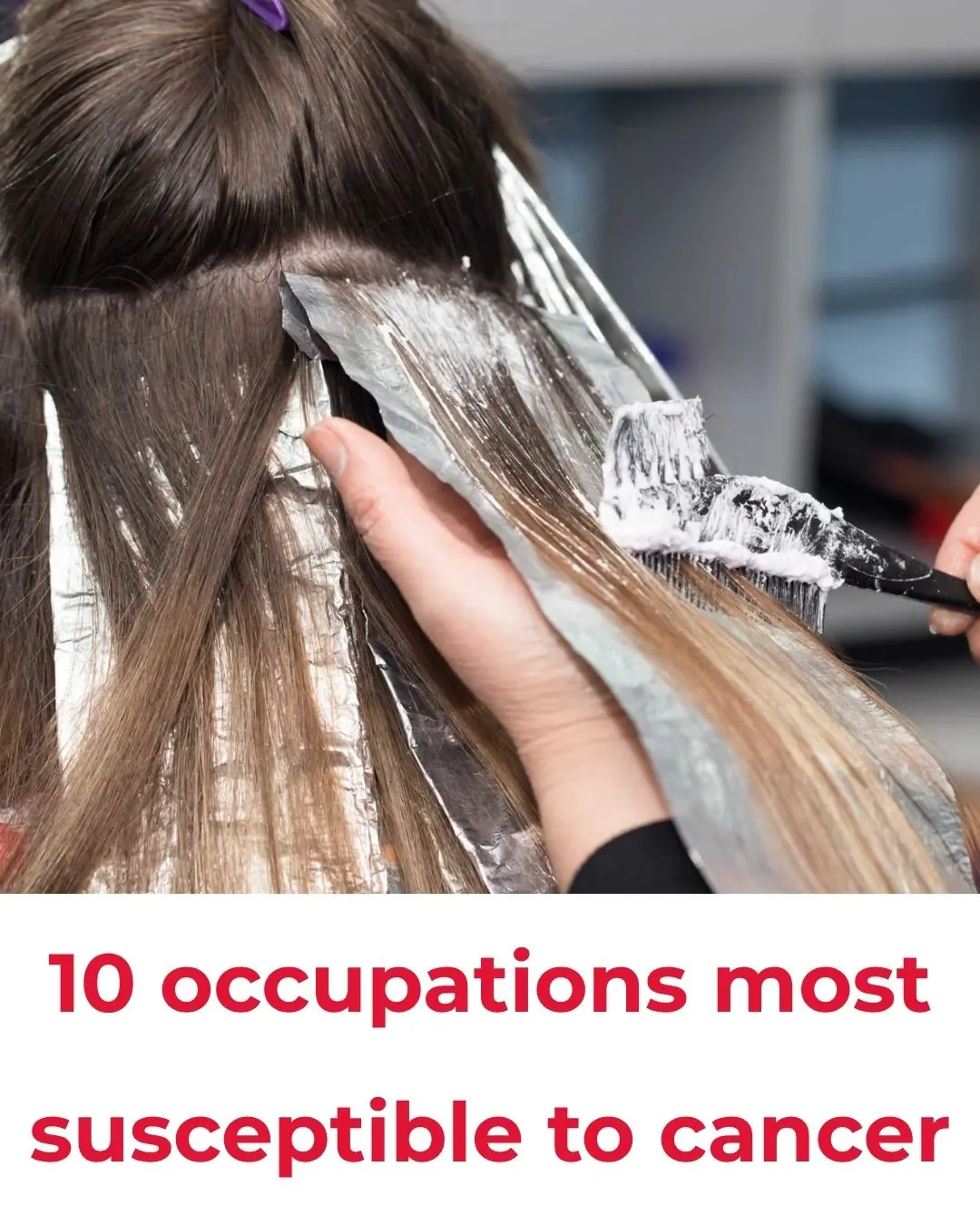
Top 10 Occupations with the Highest Risk of Cancer
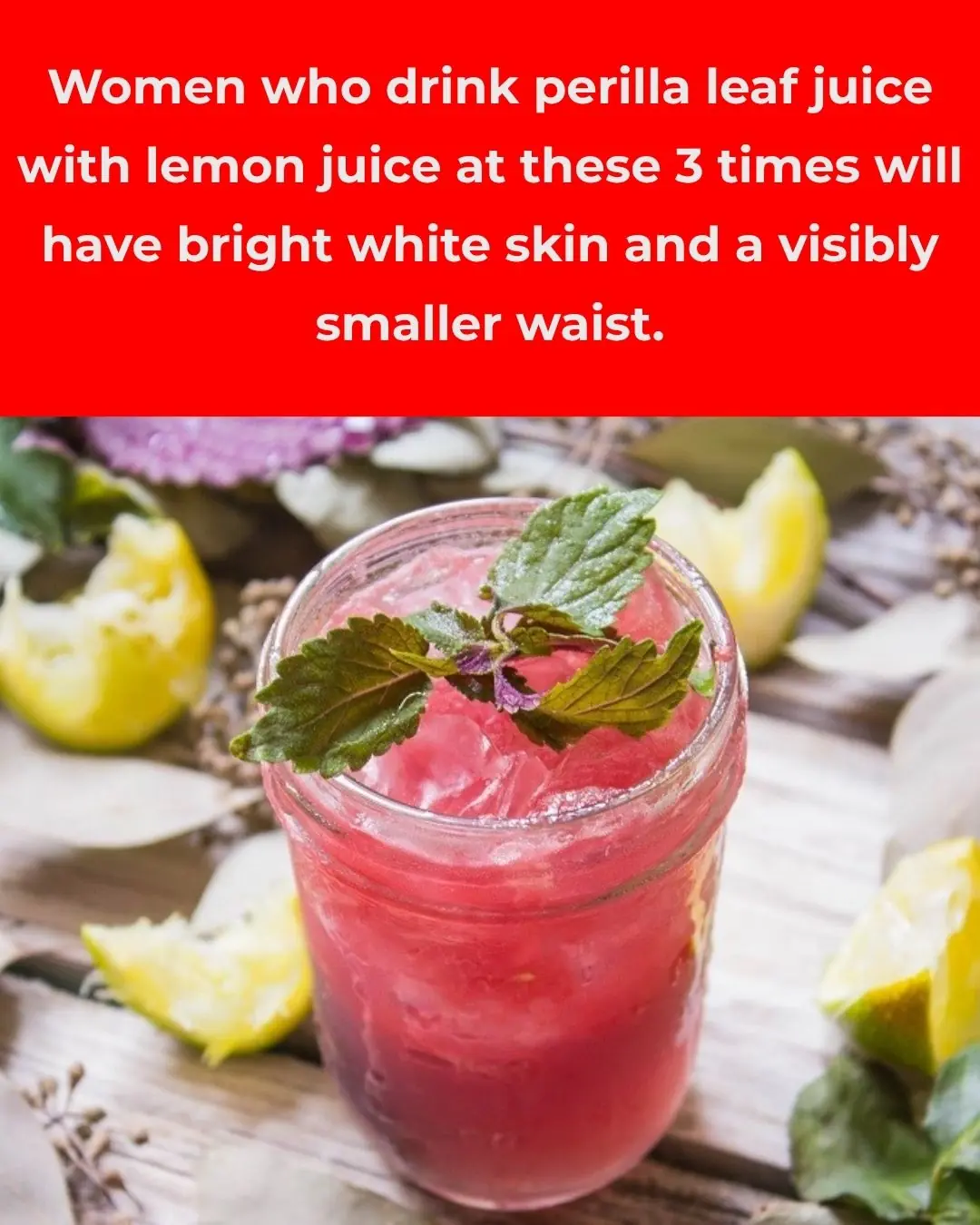
Women Who Drink Perilla Leaf Water with Lemon at These 3 Times: Brighter Skin and a Slim Waist
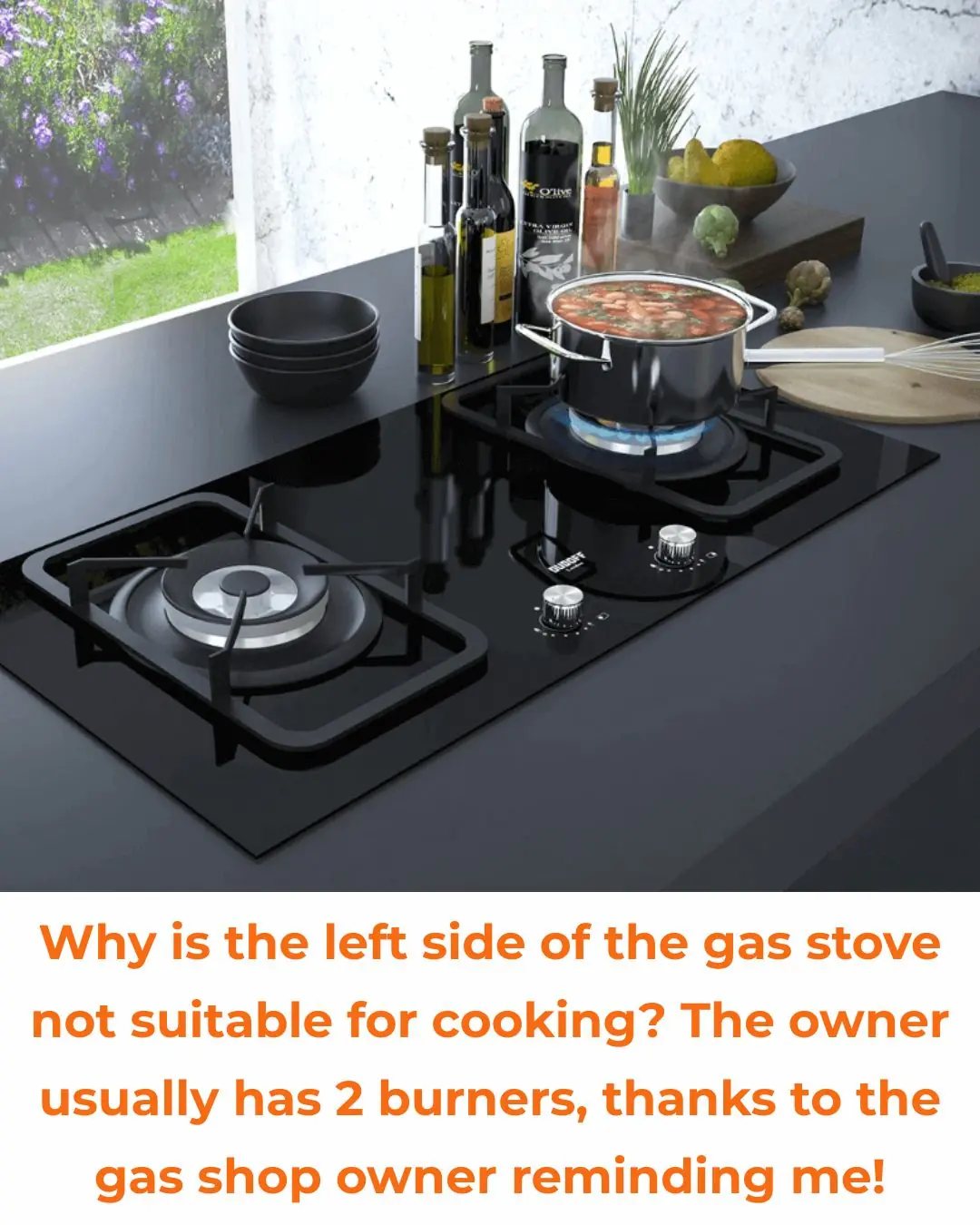
Why Is the Left Burner of a Gas Stove Not Ideal for Cooking?

Kelly Brook ‘horrified’ as GP offers her weight-loss jabs ahead of I’m A Celebrity stint: ‘I love my curves!’
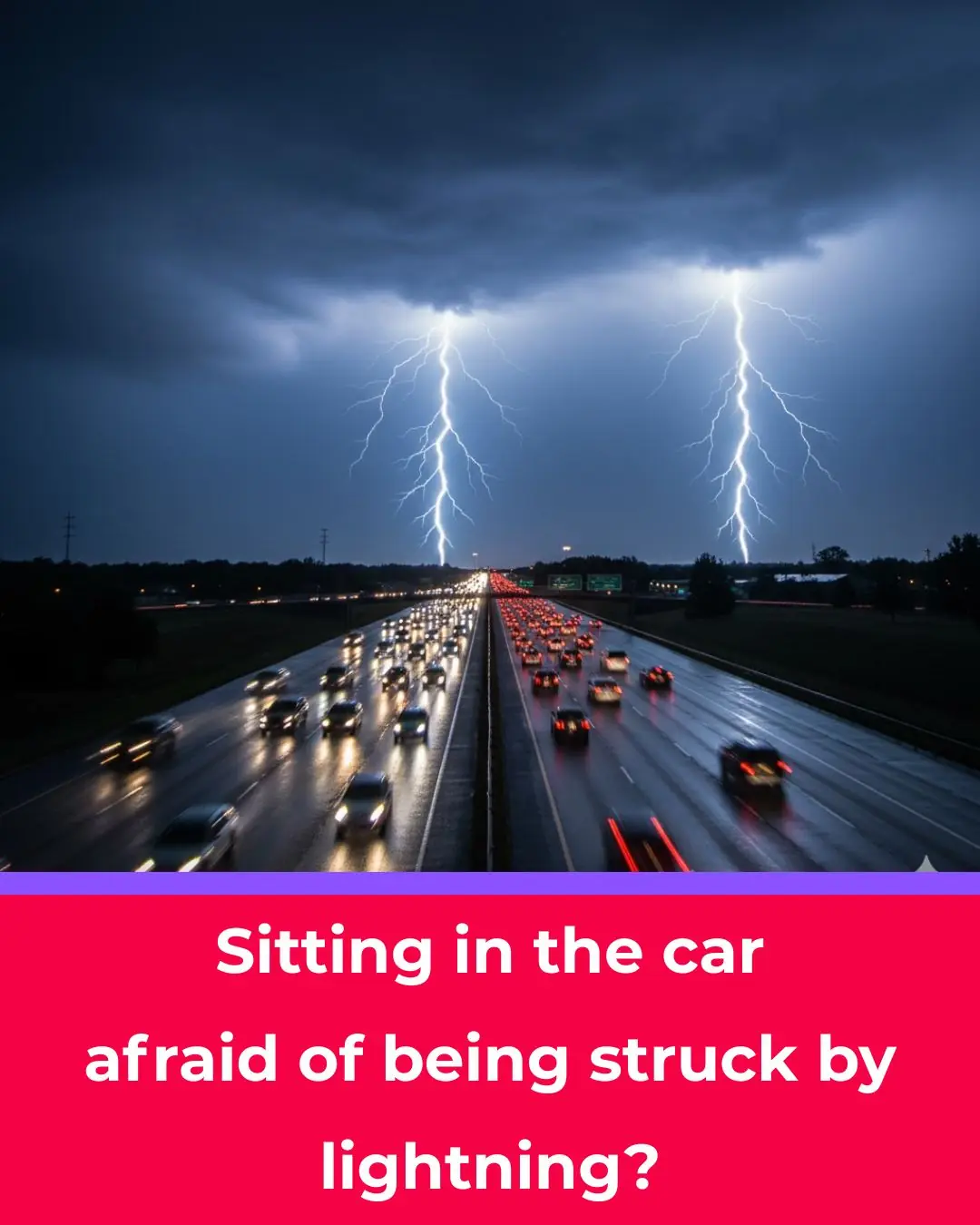
Is It Dangerous to Stay Inside a Car During a Lightning Storm?
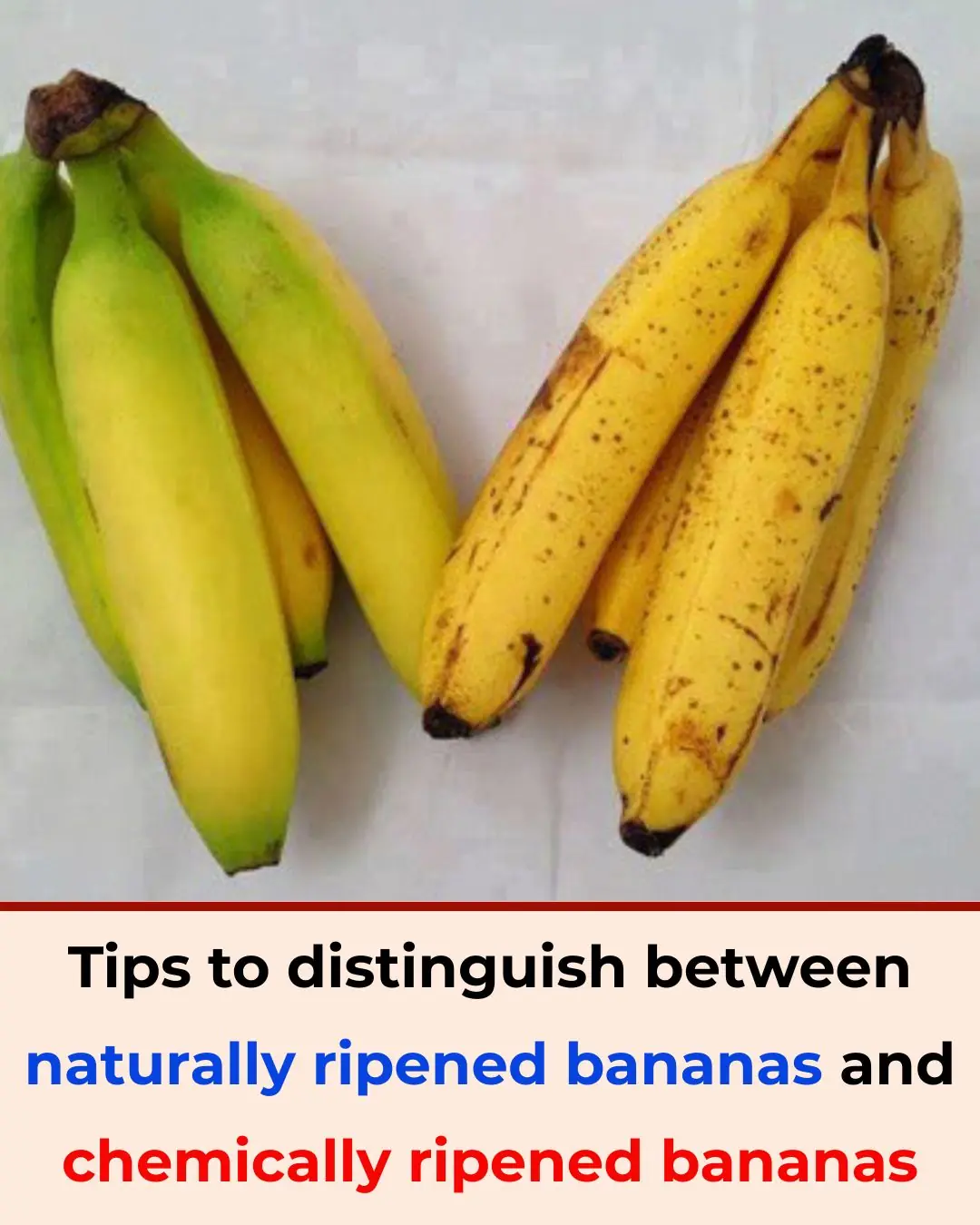
Tips to Distinguish Naturally Ripened Bananas from Chemically Ripened Ones

Meghan Markle shares video of Prince Harry in Afghanistan in Veterans Day message
